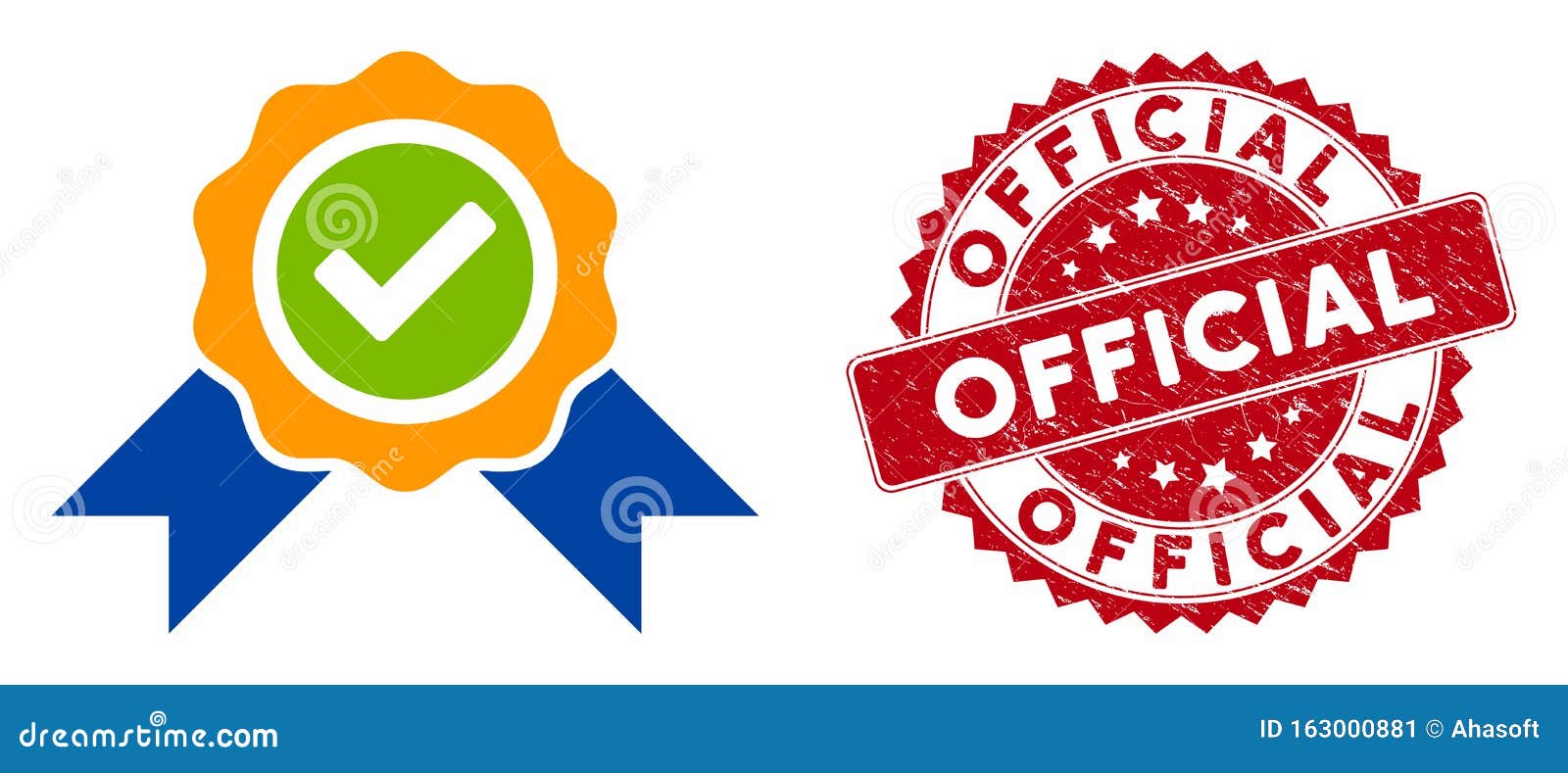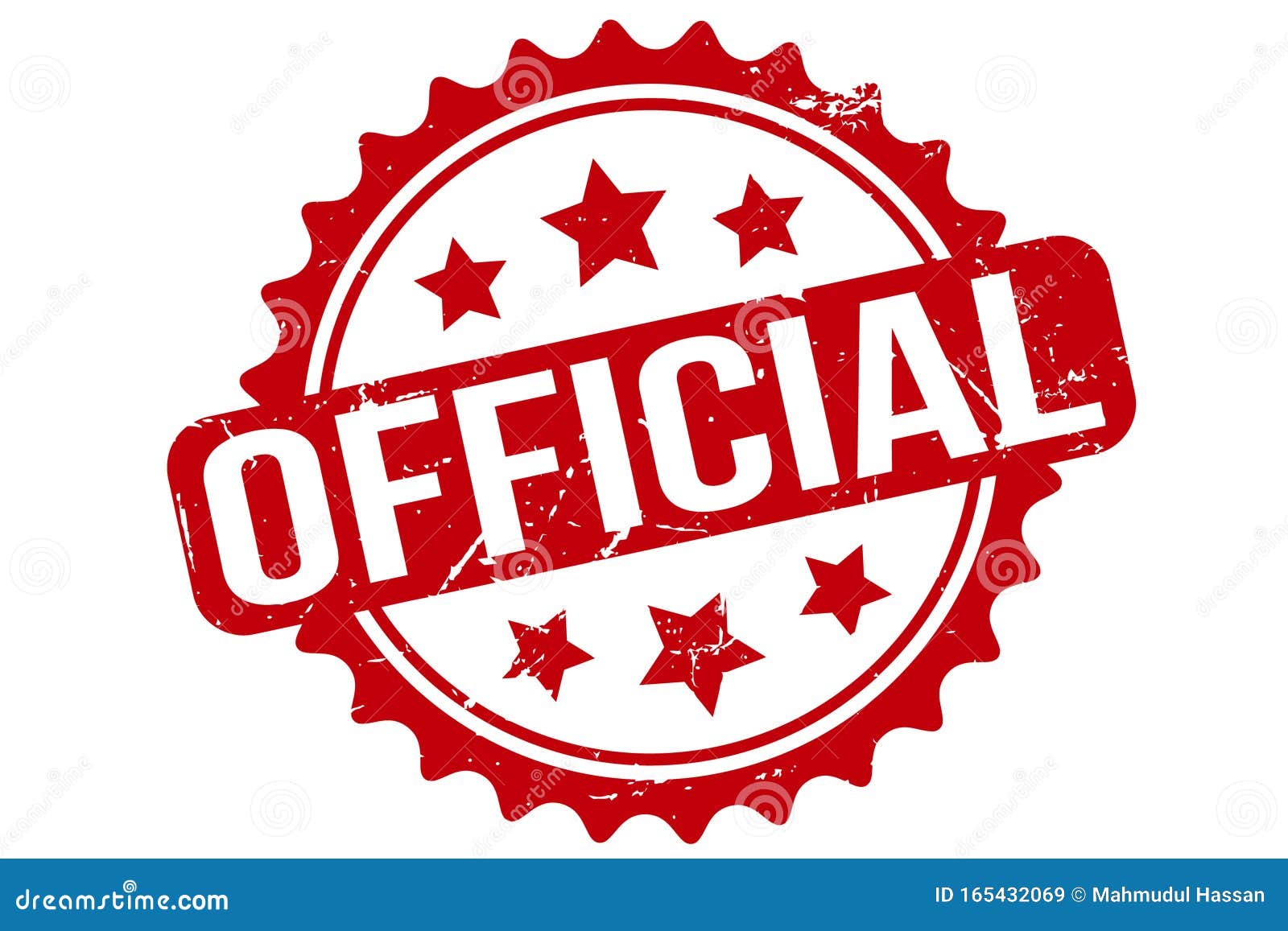When you think about Iran, one question that often comes up is what language people actually speak there. It's a pretty common thought, really, especially considering how many different cultures and groups live in that part of the world. As a matter of fact, the primary language, the one you'll hear most often and that's used for all official matters, is Persian. It's also quite often called Farsi by people locally, and it's a very rich and ancient tongue that has shaped much of the region's history. So, if you're curious about the everyday conversations or official documents, Persian is the one that takes center stage.
Iran, you see, is a nation with a truly interesting mix of people, and that means a whole bunch of different languages are spoken across its lands. Even though there's this wide variety of linguistic backgrounds, the country has a single official language. This choice, you know, helps keep things consistent for schooling and for all the government stuff that needs to happen. It's a way of making sure everyone has a common ground when it comes to communication in those important settings.
So, while you might find folks speaking a number of different tongues as you travel through the country, Persian, or Farsi as it's known, holds a special spot. It's the language that connects people in official capacities, and it's something that's even written into the country's main legal document. This means that for anything formal, from schoolbooks to public announcements, Persian is the go-to choice, which is kind of important to remember.
Table of Contents
- What's the Primary Tongue - The Official Language Spoken in Iran?
- How Diverse is the Language Scene - Official Language Spoken in Iran and Beyond?
- Persian - The Heart of the Official Language Spoken in Iran
- Is Dari or Tajik Part of the Official Language Spoken in Iran?
- What Does the Constitution Say About the Official Language Spoken in Iran?
- The Wider Linguistic Picture - Beyond the Official Language Spoken in Iran
- Unpacking Dialects and Accents of the Official Language Spoken in Iran
- A Quick Look at the Main Languages in Iran
What's the Primary Tongue - The Official Language Spoken in Iran?
When you start to think about the primary tongue, the official language spoken in Iran, it really comes down to Persian. This language, which many folks in Iran call Farsi, is the one you'll find used in all sorts of important places. For instance, when children go to school, all their lessons are taught in Persian. And, you know, any papers or letters from the government, those are also written in this language. It's the language that brings everyone together for official business, providing a common ground for communication across the whole country. So, basically, it's the language that holds everything together from a formal point of view.
Iran itself is a country that sits in the western part of Asia, and it shares its borders with a few different places like Turkmenistan, Turkey, Pakistan, Afghanistan, and Iraq. It also has a coast along the Persian Gulf, which is quite a significant body of water. This location, you know, kind of gives it a really interesting position on the global map. With a population that's actually quite large, over 79.92 million people, you can imagine there's a lot of different life experiences and stories within its borders.
The sheer number of people living there, and the fact that they come from so many different backgrounds, means there's a truly rich mix of cultures and ways of speaking. Despite all these differences, and there are many, Iran has decided to have just one official language. This decision, in a way, helps keep things unified and clear when it comes to things like education and how the government talks to its people. It's a practical choice for a country with such a varied population.
How Diverse is the Language Scene - Official Language Spoken in Iran and Beyond?
The language scene in Iran is, you know, quite a bit more diverse than you might first imagine, even with a single official language spoken in Iran. Because the country is home to so many different groups of people, the tongues they speak actually come from a number of different linguistic beginnings. This means you'll hear a variety of sounds and ways of talking as you move through the country. It’s like a patchwork of different speech patterns, all coexisting.
However, the main language, the one that is spoken and used by most people, and the one that is officially recognized, is Persian. It's the common thread, you might say, that runs through all the different ways people communicate. The country's main legal document, the constitution of the Islamic Republic of Iran, says that Persian is the only language that must be used for schools and for all official government conversations. This is a pretty clear statement about its role.
So, while you have this wonderful array of ways of speaking, the core communication for formal purposes always comes back to Persian. It’s a bit like having many different flavors of ice cream, but one is always the 'house' flavor. This policy, in some respects, helps keep things organized and ensures that everyone involved in public life or education has a shared linguistic foundation, which is, you know, pretty important for a country of its size and variety.
Persian - The Heart of the Official Language Spoken in Iran
Persian, which is known locally as Farsi, truly is the heart of the official language spoken in Iran. It's the language that everyone learns in school, and it’s the one you’ll find on all official documents. It's not just a language; it's a very significant part of the country's identity and long-standing traditions. When people talk about the primary tongue of Iran, they are almost certainly referring to Persian. It has a long and interesting story, and it has influenced many other tongues in the region over time.
Now, when we talk about Persian, it's actually a bit more involved than just one simple language. Technically, it's considered what's called a macrolanguage. This means it includes a few different, but closely related, ways of speaking. One of these is Dari, which some people also call Afghan Persian, and another is Tajik, which is the way people speak in Tajikistan. So, while Farsi is the common name in Iran, it's part of this larger family of related tongues.
And, you know, it's worth noting that there are people who speak Dari living in Iran as well. This just adds another layer to the already rich linguistic picture of the country. It shows how languages can cross borders and how different ways of speaking can exist side by side within a single nation. So, while Persian (Farsi) is the main one, it's part of a bigger linguistic family, which is quite fascinating, if you think about it.
Is Dari or Tajik Part of the Official Language Spoken in Iran?
So, you might be wondering, is Dari or Tajik considered part of the official language spoken in Iran? Well, it's a bit nuanced. While Persian is the official language, and Dari and Tajik are technically part of the larger Persian macrolanguage, the constitution specifically names Persian as the official one for all formal uses within Iran. This means that for things like government papers, schoolbooks, and public communications, the form of Persian used in Iran is the standard.
However, the fact that Dari and Tajik are related, and that Dari speakers are present in Iran, means there's a connection. It's not that these are separate official languages within Iran, but rather that they share a common linguistic ancestor and a lot of similarities with the Persian spoken there. It's like different branches of the same tree, you know? They are distinct, but very much connected by their roots. This relationship is quite interesting for those who study languages.
So, to be clear, while you might hear Dari spoken by some communities in Iran, it's not given the same official status as Persian itself. The official policy focuses on Persian as the sole language for formal purposes. This helps maintain a single standard for public communication and education, which is, you know, pretty important for a country with such a varied population.
What Does the Constitution Say About the Official Language Spoken in Iran?
When it comes to what the constitution says about the official language spoken in Iran, it's pretty straightforward. The country's current language policy is laid out in a couple of specific sections of the constitution of the Islamic Republic of Iran, particularly in what are called articles 15 and 16. These articles clearly state that Persian is the official language of the country. It's not just a suggestion; it's a fundamental rule for how things operate.
Because of this policy, all official papers, any written conversations between government bodies, all public documents, and every school textbook must be in Persian and use its specific writing system. This is a very firm requirement, ensuring consistency across all formal communication channels. It means that if you're dealing with anything official in Iran, you can expect it to be in Persian. This is a pretty important detail for anyone interacting with the country's formal systems.
Now, because there's a lot of different social groups and ethnic backgrounds in Iran, the constitution does allow for some flexibility in other areas. While Persian is the official language for formal matters, the constitution does, in a way, acknowledge the rich tapestry of other ways of speaking that exist within the country. It's a balance, really, between having a single official language for unity and recognizing the diverse linguistic heritage of its people. So, it's not like other languages are completely ignored, just that Persian holds the primary official spot.
The Wider Linguistic Picture - Beyond the Official Language Spoken in Iran
Beyond the official language spoken in Iran, which is Persian, there's a much wider and quite fascinating linguistic picture to consider. Iran is home to a really diverse population, and with that comes a whole host of other tongues that people speak in their daily lives, within their families, and in their communities. These languages, you know, are a big part of the cultural identity for many groups across the country. It's not just Persian that you'll hear.
For example, one of the most widely spoken languages after Persian is Azerbaijani. This is primarily spoken by the Azerbaijani ethnic group, who make up a significant portion of the population, particularly in certain regions. It's a Turkic language, which means it's quite different from Persian, which is an Indo-European language. This shows just how varied the linguistic landscape truly is. So, you might hear people speaking Azerbaijani in some areas, which is pretty cool.
Another important language you'll encounter is Kurdish. This is spoken by the Kurdish ethnic minority, mostly in the western parts of the country. Kurdish, like Persian, is also an Indo-European language, but it's distinct and has its own unique features. So, in some areas, you'll find people speaking Kurdish, which adds another layer to the country's rich linguistic fabric. It's quite interesting to see how these different ways of speaking coexist.
Unpacking Dialects and Accents of the Official Language Spoken in Iran
When we talk about unpacking the dialects and accents of the official language spoken in Iran, Persian, it gets really interesting. It's not just one uniform way of speaking. In Iran, the Persian language actually represents over a hundred different dialects. That's a lot, right? And, you know, there are even more accents than that. This means that while everyone is speaking Persian, the specific sounds and phrases can vary quite a bit depending on where someone is from or their background.
Think of it like this: even within a single country, people often speak the same language but with regional variations. It's the same with Persian in Iran, but on a much larger scale. These different dialects and accents are a testament to the long history of the language and the diverse communities that speak it. It means that someone from one part of Iran might have a slightly different way of pronouncing words or using certain expressions compared to someone from another part, even though they are both speaking Persian.
So, while Persian is the common thread, the way it sounds and is used can be quite varied across the country. This adds a lot of richness to the language and reflects the many different local cultures within Iran. It's a pretty fascinating aspect of the official language, showing its depth and adaptability over time and across different communities.
A Quick Look at the Main Languages in Iran
To give you a quick look at the main languages in Iran, it's clear that Persian, or Farsi, holds the top spot as the official language of the country. It's the one that the majority of people speak in their everyday lives and for all formal interactions. So, if you're thinking about the most important language, that's definitely it. It's the common tongue that connects most people across the nation.
Following Persian, Azerbaijani is the second most widely spoken language. This language is primarily used by the Azerbaijani ethnic group, who form a significant portion of the population. It's a distinct language from Persian, showing the true linguistic variety present within Iran's borders. You'll hear it in many parts of the country, especially where this community lives.
And then, Kurdish comes in as another one of the top three languages spoken in Iran. This is the language of the Kurdish ethnic minority, found mostly in the western regions. So, while Persian is the official language, and the one that is used for all formal purposes, it's really important to remember that there are other significant languages that are very much alive and spoken by large communities across the country. These languages add so much to the country's cultural richness.
Related Resources:



Detail Author:
- Name : Prof. Alba Upton
- Username : casimer.parker
- Email : breanne92@gmail.com
- Birthdate : 2004-07-27
- Address : 91995 Agustina Common South Grace, TX 83600-9735
- Phone : +17602094793
- Company : Marvin, Prohaska and Vandervort
- Job : Forest and Conservation Technician
- Bio : A necessitatibus inventore illum. Aut enim officiis odit. Incidunt vel aut id velit nisi. Ab ullam sint et cupiditate neque repudiandae.
Socials
facebook:
- url : https://facebook.com/elbert.feest
- username : elbert.feest
- bio : Ut sit iusto perferendis quos recusandae omnis. Ut enim dolores et.
- followers : 1862
- following : 2121
tiktok:
- url : https://tiktok.com/@elbert.feest
- username : elbert.feest
- bio : Eum magnam sapiente eius non. Possimus qui recusandae officiis autem est qui.
- followers : 3020
- following : 662
twitter:
- url : https://twitter.com/feest1992
- username : feest1992
- bio : Soluta nihil tempora dolorum atque. Animi laudantium aut voluptatem doloribus omnis. Laboriosam aliquid ut laudantium quis nemo.
- followers : 1295
- following : 1076